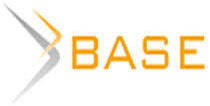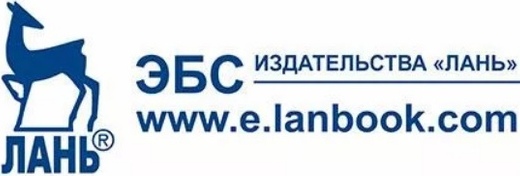Risks and bankruptcy of business structures in the tourism and hospitality industry
A key feature of entrepreneurial activity in all sectors of economic activity is the presence of risk. The sphere of tourism and hospitality is also subject to the influence of many factors that generate risks for business structures. The tourism and hospitality industry is in a difficult situation due to the COVID-19 pandemic and the aggravation of the political situation in the world, which has led to a sharp decline in tourist flows around the world. In this regard, the study of risks in the tourism and hospitality industry is currently an urgent problem. Based on a systematic approach and a historical and logical method for analyzing the development of entrepreneurial activity in the tourism industry, the main types of risks were identified and their classification was presented. The main approaches to risk management are described, including risk redistribution, their diversification, and others, and examples from the tourism sector are given. The article considers the main reasons for the bankruptcy of business structures in the field of tourism. It is shown that one of the reasons for the financial instability of tour operators is the difficulty of synchronizing the company's cash flows, which gives rise to the so-called cash gap. One of the effective tools for regulating the tourism market can be the development of self-regulation, which is already successfully used in various industries, for example, in construction, advertising. It is expedient to develop self-regulation in the field of tourism. Directions for improving the mechanism of financial guarantees for tour operators are proposed, which will reduce the risks of their bankruptcy.
Morozova, N. S. (2022), “Risks and bankruptcy of business structures in the tourism and hospitality industry”, Research Result. Business and Service Technologies, 8(2), pp.
















While nobody left any comments to this publication.
You can be first.
Asgary, A. and Ozdemir, A.I. (2020), “Global risks and tourism industry in Turkey”, Quality and Quantity, 54 (5-6), pp.1513-1536.
Bisogno, M., Restaino, M. and Carlo? A. (2018), “Forecasting and preventing failure: A conceptual review”, African journal of business management, 12 (9), pp. 231-242.
Karl, M. (2018), “Risk and Uncertainty in Travel Decision-Making: Tourist and Destination Perspective”, Journal of Travel Research, 57 (1), pp. 129–146.
Lavrov, V.V. (2021), “Analysis of the impact of risks on the development of tourism in the Russian Federation”, Petersburg Economic Journal, 2, pp. 13-23.
Morozov, M.A, Morozova, N.S., Morozov, M.M. and Moldazhanov M.B. (2019), Innovative development of the regional economy, Semey, Intellect.
Morozov, M.A. and Morozov, M.M. (2019), “Digital communications as a tool for the formation of a single information space in tourism”, Bulletin of the Russian New University. Series: Man and Society, 2, pp. 69-72.
Morozov, M.A. and Morozova, N.S. (2019), The economics of tourism, M., Urayt.
Morozov, M.A. and Morozova, N.S. (2020), “Innovative trends in the development of tourism and hotel business in the context of digitalization”, Natural Humanitarian Research. 28 (2), pp. 196-202.
Morozov, M.M. (2020), “Anti-crisis management in the tourism industry scientific result”, Business and service technologies, 4, pp. 19-27.
Pashkevich, L.A., Baturina, N.A. and Vlasova, M.V. (2021), “Overview of risk assessment methods in the tourism sector”, Vestnik OrelGIET, 3 (57), pp. 20-25.
Self-regulation in Russia [Online], available at: https://sro-portal.info/the-types-of-sro/ (Accessed 01 March 2022).
Williams, A. M. and Balaz, V. (2013), “Tourism, risk tolerance and competences: travel organization and tourism hazards”, Tourism Management, 35, pp. 209-221.
Yang, E.C.L. and Nair, V. (2014), “Tourism at risk: A review of risk and perceived risk in tourism-ism”, Asia-Pacific Journal of Innovation in Hospitality and Tourism, 3 (2), pp. 239-259.